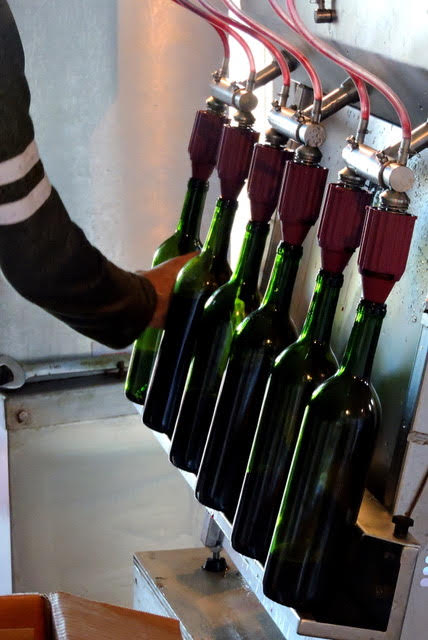
In 1978 Jim Doolittle (Cornell University – CALS ’67) and Carol (Good Counsel College/Pace University ’68) purchased land that had a history of successful fruit production and a panoramic view of Cayuga lake. They planted three acres of vines: Chardonnay, Riesling and Pinot Noir.
In subsequent years they planted more vines and included hybrid vines, developed in Europe, including Maréchal Foch, Chambourcin, Seyval Blanc, and Vignoles.
In 1982 Frontenac Point Vineyard – Estate Winery was issued NY Farm Winery license #44.
Why did they do this?
Well, while employed by the NYS Department of Agriculture and Markets Jim worked with Governor Hugh Carey and Lt. Governor Mary Anne Krupsak to help pass the Farm Winery Bill in 1976. It sparked the idea to start his own a winery. Carol worked with Lt. Governor Krupsak to promote awareness of New York wines and thought it was a good idea!
And it was – and still is an enjoyable and environmentally sustainable lifestyle. Keeping the landscape green, improving the soil quality, conserving water, and using minimal pest management practices is especially important to them and to Lawrence, their son who is taking over the vineyard and winery as the second generation.
In 2014 Lawrence (Rice University ’09) returned from Los Angeles and is continuing the enterprise in a selective way. While he’s making changes, keeping the winery production small means that everything from planting to picking the grapes, making, bottling and presenting the wine can be done by the owners with limited help.
Jim enjoys making the wines with full and complex flavors. The hybrid grapes, Jim says, can add complexity to wine. A Pinot Noir wine, for instance, reflects the characteristics of the one grape – Pinot Noir. Add a little Chambourcin and you have a deeper color and fuller body wine. While varietals are produced at Frontenac Point Vineyard – including Chardonnay, Riesling, Pinot Noir, Seyval Blanc, Chambourcin, and Maréchal Foch – Jim also enjoys blending the varieties to make the final wine. That’s the art in winemaking.
Our hybrid vines are a cross of a Vitis vinifera grape and a North American Vitis labrusca or riparia. They were developed in France in the mid-1900’s. The American grapevines can provide qualities the vinifera vines don’t necessarily have.
The hybrid vines also provide stability since they are typically more disease resistant (thus require less or no spraying for disease) and more adaptable to weather changes than some Viniferas. Both make award-winning wines when vinified properly.

Everything, from picking to bottling and labeling is done semi-automatic
and by hand, providing detailed quality control.
Photo © Charles Harrington.

